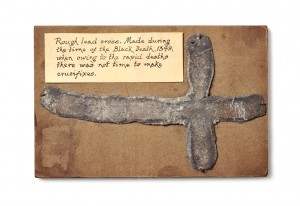
Lead Cross made during the time of the plague
This object has stayed with me from the very first visit we made to the collection. It is a lead cross with a handwritten label which says
‘Rough lead cross. Made during the time of the Black Death, 1349, when owing to the rapid deaths there was not time to make crucifixes’
In the dingy light of the stores the cross itself appeared much darker, almost black, and I was struck by its soft, graphic quality set against the flat regularity of the card. A black cross acting not only as a symbol of belief but also death. I think I want to explore this further.
Interestingly, when I was reading the letters I came across a reference to this very object.
Written by Mary to Batho and dated 1st August 1922, she writes
….the lead cross, which I believe was of the time of the Black Death – 1349, not the plague in 1667. I find a number of enthusiasts came to England from Hungary during the progress of the Black Death and passed through the country lashing themselves till the blood ran down their shoulders in order that the plague might be stayed – these people were called flagellants….
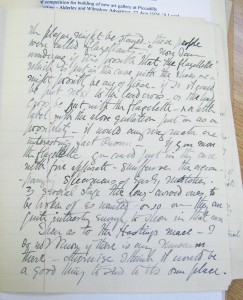
archive letter detailing the story of the lead cross
She goes on to talk about displaying the lead cross next to a flagellette also in the collection and placing a label alongside both to convey the story. Mary very much liked the stories attached to objects and in some cases it may have been the story that led to her acquiring the object. Such as Henry the Eighths spur!
In itself this is a curious addition to her collection (more often that not Mary collected a number of the same thing and there is only the one spur) and it stands out as an oddity. I think she was seduced by the romance of the story of the spur , it’s royal connection and historical significance, rather than by the object itself. Perhaps there is a hidden thread through the Bygones where the story is the reason for the objects acquisition.
Of course nobody really knows if the stories are true. Was that really why the lead cross was made? Is the spur authentic? What evidence is there? Has either object ever been carbon dated to ascertain the true dates? Does it really matter? Is an object’s value only intrinsic, academic, artistic? Are meaning and narrative not just as important? Who decides where value is placed? If value is the result of context and knowledge, as time shifts does also the value of the object?
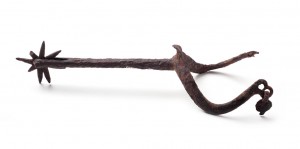
the spur
Are museums holding on to things that are no longer of any value? How do we judge? And what if we dispose of things today because of a perceived lack of value and tomorrow reveals new found knowledge or cultural shifts that mean we have gotten rid of irreplaceable treasures? The modern curator carries a significant responsibility. But that’s another story! Sharon

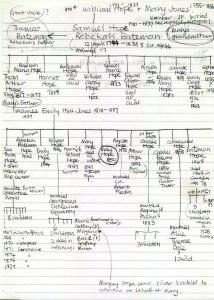
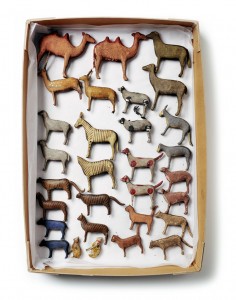
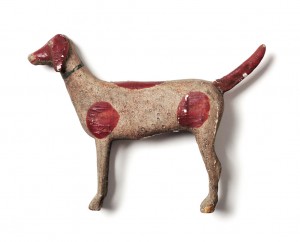
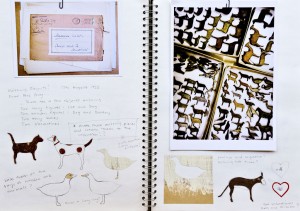
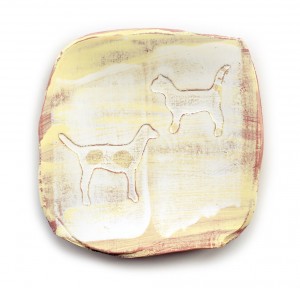
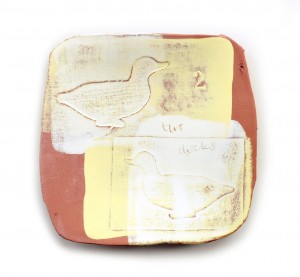
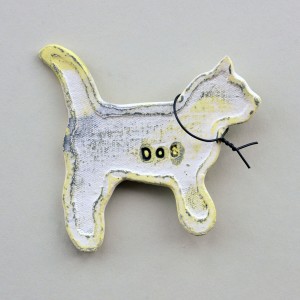
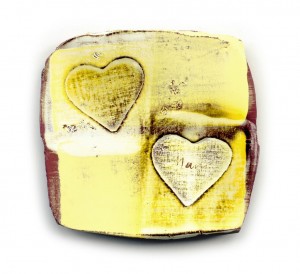



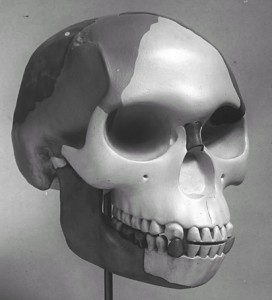
Comments